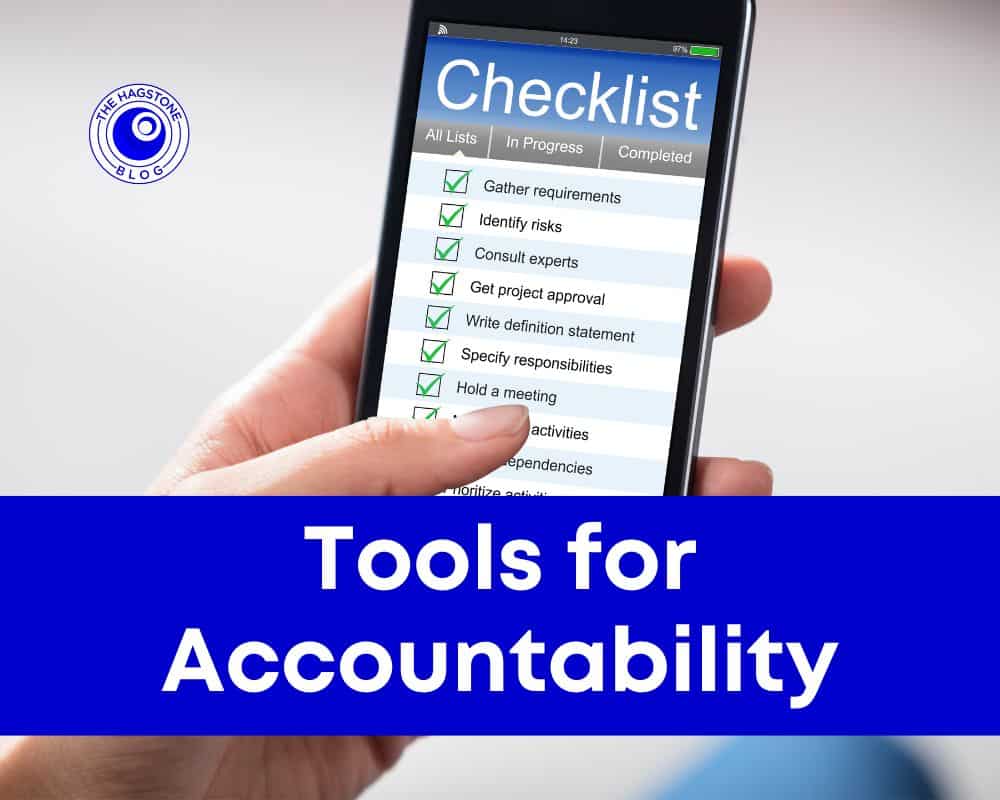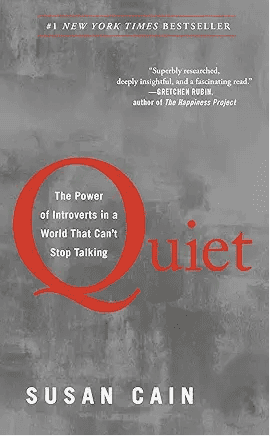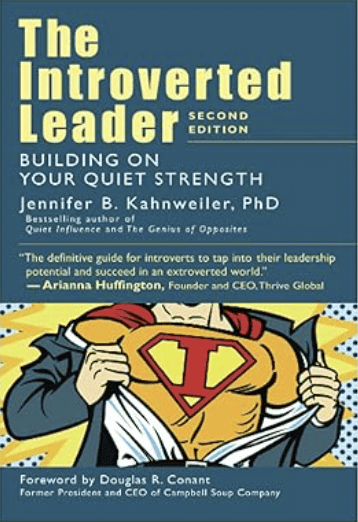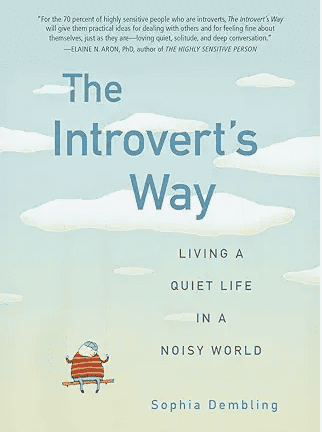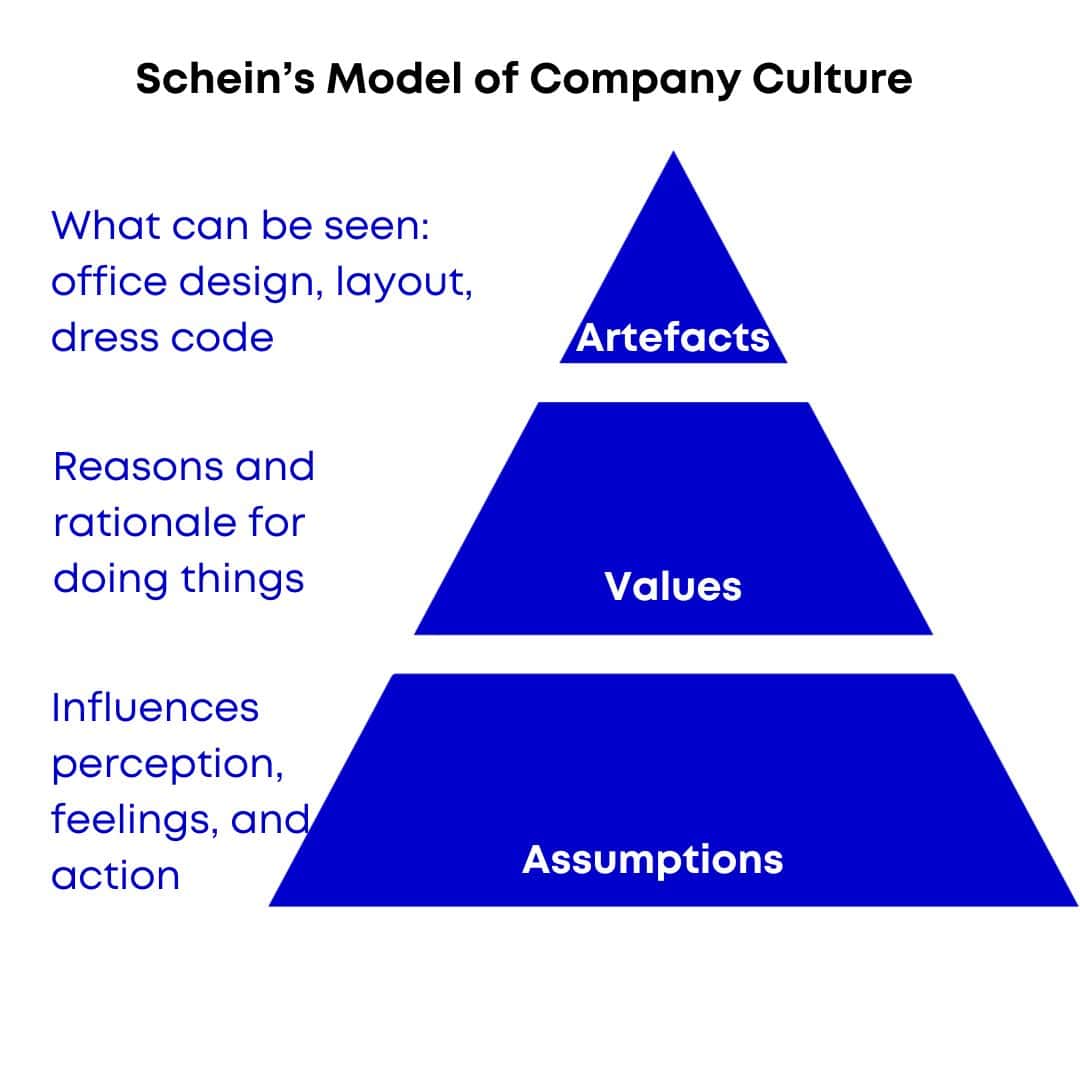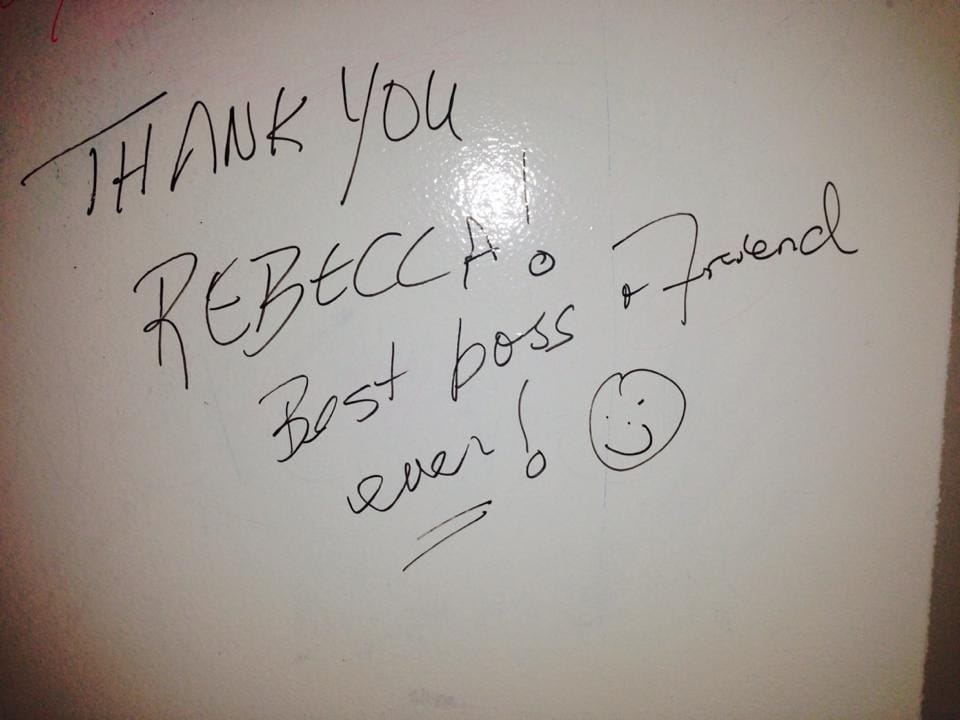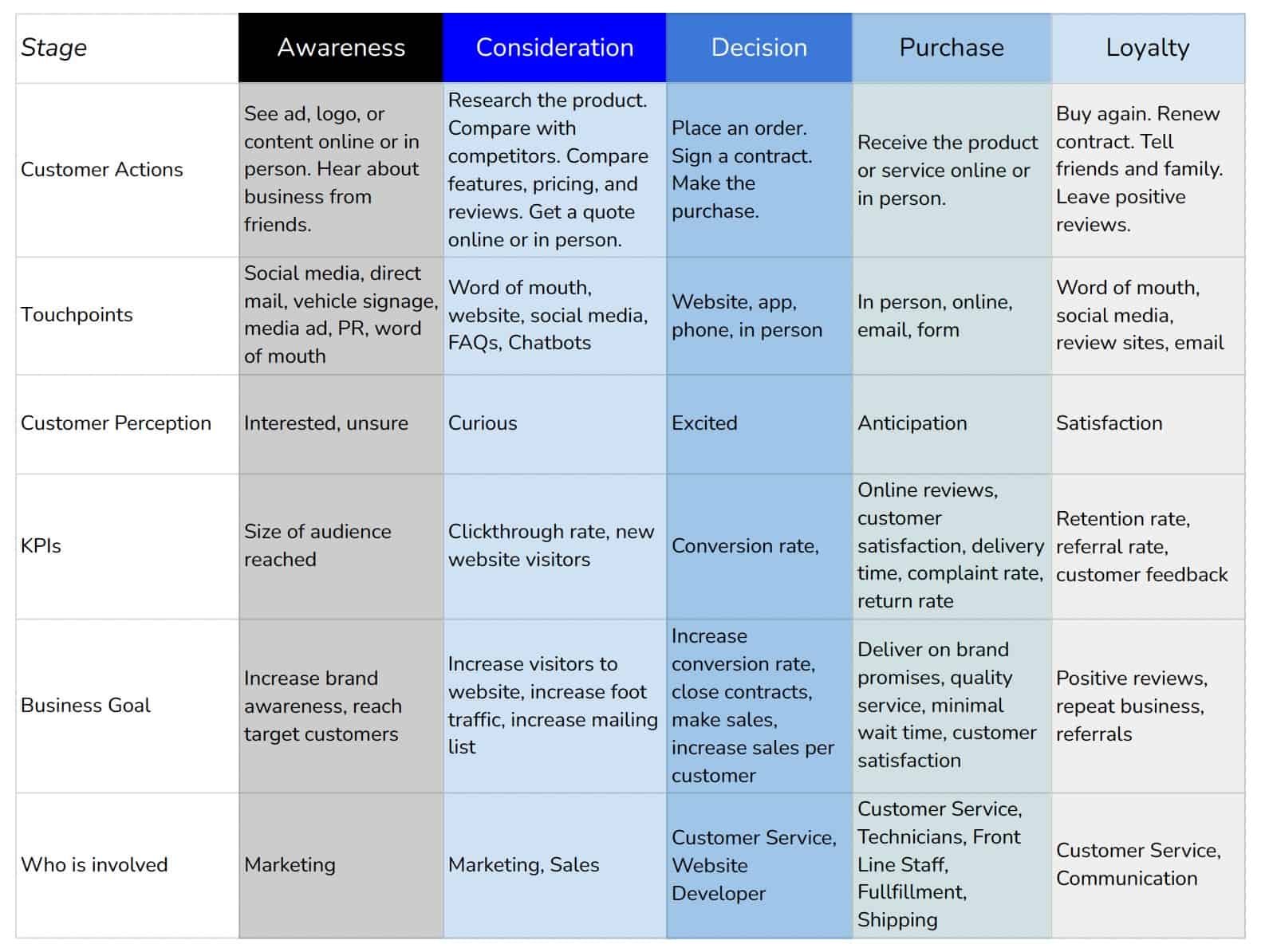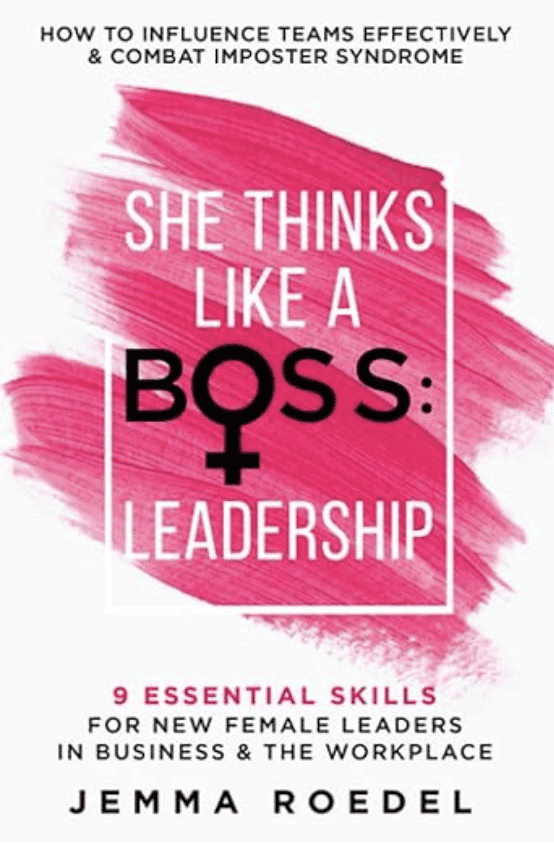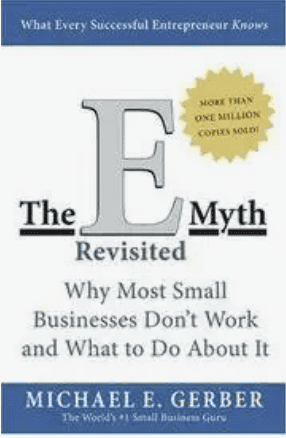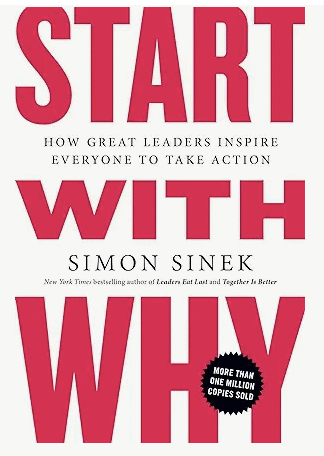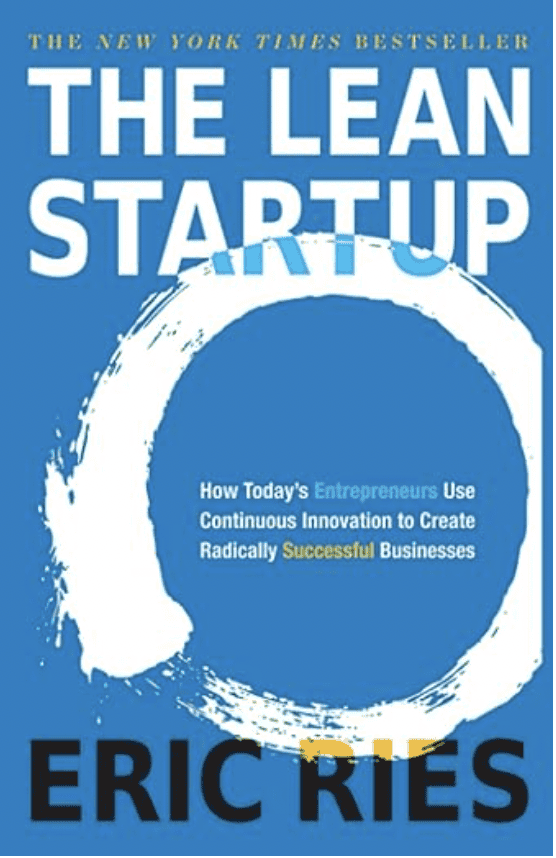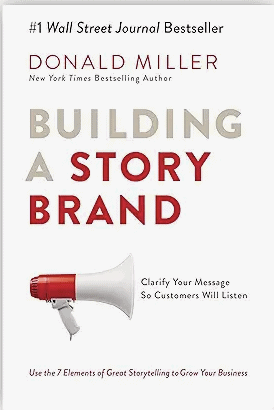Why Rihanna is a Successful Entrepreneur
With the launch of Fenty Hair, Rihanna’s business ventures continue to innovate and expand. Clearly, she is not driven by money. After all, her net worth is estimated at $1.4 billion, which is a fortune by any standards. So why keep going, and keep growing? Because as any true entrepreneur will tell you – building a business is FUN. Read on to learn why Rihanna is a successful entrepreneur.
Strategic Alliances
Building a successful business requires more than vision and leadership. If it takes a village to raise a child, then it takes a team to build a brand. Where would Apple be if Steve Jobs hadn’t had his team of brilliant computer programmers? For Rihanna, she launched her brand Fenty as a partnership with Moët Hennessy Louis Vuitton (LVHM). Which was such a smart strategic alliance for her. Because LVHM has the infrastructure for manufacturing and distribution. And she joined a team with decades of expertise in running a fashion and cosmetics business. After all, why start from scratch? By entering into this partnership, Rihanna showed savvy judgement as an entrepreneur.
Authenticity
Nothing kills consumer trust more than not being authentic. After all, why buy from a brand when its owner doesn’t use its products and services? This is especially true of celebrity-fronted brands. Buyers need to believe the celebrity genuinely likes the product. Fenty says that Rihanna tested and perfected the line on stage and in her real life. And not only does Rihanna show up wearing Fenty designs and cosmetics, but she represents her brand values of inclusion and diversity. Fenty launched with 40 shades of makeup, immediately signalling that this was a brand committed to doing things its own way. And Rihanna was front and centre for the marketing campaign, even applying makeup to models to showcase the products.
Innovation
But success in business is never a slam-dunk, not even with a powerhouse global superstar like Rihanna and an established company like LVMH. Especially when market conditions are challenged by, you know, a worldwide pandemic. So by 2021, the fashion label was paused. But as all great entrepreneurs do, Rihanna pivoted. She switched focus to her collaboration with the lingerie brand Savage, and landed another $115 million in new funding to expand the Savage X Fenty line. Of course, she also had Fenty Beauty. Her innovation and willingness to adapt with changing consumer demands shows how savvy she is as an entrepreneur. And successful! Fenty made Rihanna a billionaire by 2021.
Image
Setting aside the quality and appeal of Fenty products, it’s a fact that Rihanna’s image is a key driver of its marketing reach. Generally, this is true of celebrity brands. After all, this has been the basis of celebrity endorsements for decades. The Cola Wars of the 1980s paid big money to the likes of Michael J. Fox, Micheal Jackson, and Madonna in an effort to gain market share. But the value of these deals rely on a clean image that doesn’t conflict with brand values. Just look at what happened when star swimmer Michael Phelps was caught smoking marijuana. The cereal company Kelloggs, whose key target audience is children, immediately cancelled their endorsement deal with him.
Clearly, image is important. And this is another area where Rihanna is successful as an entrepreneur. Her image is unblemished. There are no scandals or bad behaviour. And Rihanna is authentically herself, which is critical to establish trust with her target market. Also, she knows how to coordinate public appearances to align with and support her business. For example, just days before launching Fenty Hair, she rocked a public appearance with her natural curls. This made headlines in high-profile fashion publications, which generated loads of free publicity. This is just another way that Rihanna strategically uses her image to build her business.
What you can learn from Rihanna

Be resilient. If an idea doesn’t fly, or sales level off, keep going. Take a step back, assess, and reevaluate. Where are the opportunities to adapt?
Be different. If no other business is doing it, that doesn’t mean it’s a bad idea. Fenty Beauty disrupted the market by offering makeup in 40+ skin colour tones.
Be yourself. Align who you are with what you do. Just because it’s a great business idea doesn’t mean it’s the right fit for you. It’s important that you care about the concept. Then your passion and commitment will shine through.
One more reason why Rihanna is a successful entrepreneur
Another reason why Rihanna is a successful entrepreneur is that she knows her Why. She has said that she just “wants to make something new and fresh that everyone can relate to and feel confident in. We want you to feel sexy and have fun doing it.” The simplicity of this purpose is relatable for her target market across all demographic profiles.
Why Rihanna is a Successful Entrepreneur Read More »



